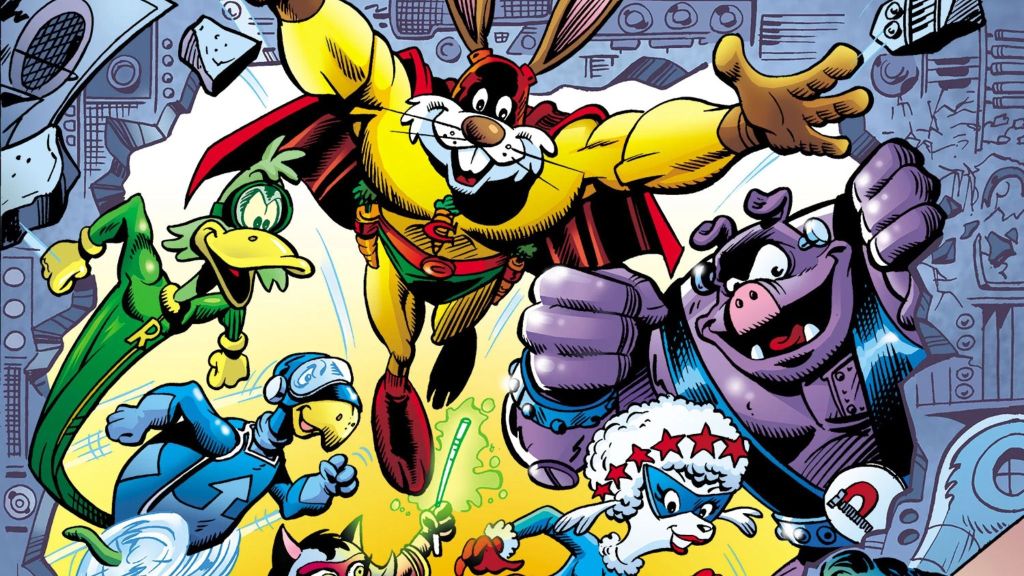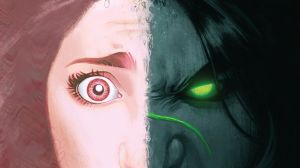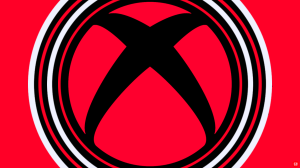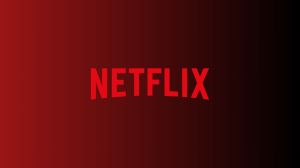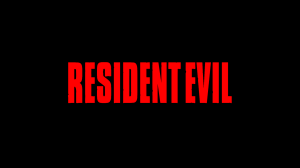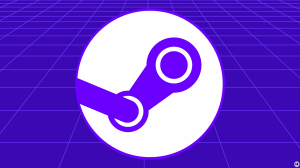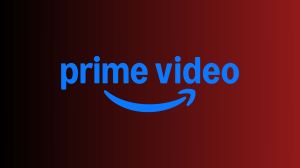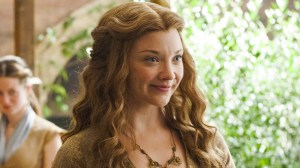While the multiverse concept has been experiencing mainstream popularity in the past decade, comic books have long embraced the boundless potential of alternate universes, offering creators a canvas to explore realities far stranger than our own. These parallel dimensions often twist familiar heroes and narratives into new and frequently bizarre configurations. While many alternate realities offer darker takes or “what if” scenarios, some dive headfirst into the truly outlandish, presenting worlds governed by peculiar rules or populated by characters that defy conventional explanation. These strange corners of the multiverse showcase the medium’s capacity for unrestrained imagination.
Videos by ComicBook.com
The allure of peculiar parallel comic book worlds lies in their creative audacity. They provide a unique lens through which to view established characters and tropes, often subverting expectations in delightful or disturbing ways. From dimensions where the laws of physics seem to have a sense of humor to realities that parody our own in surreal fashion, these universes highlight the innovative spirit that thrives when comic creators are allowed to explore the truly weird.
1) Earth-C-Minus (DC Comics)
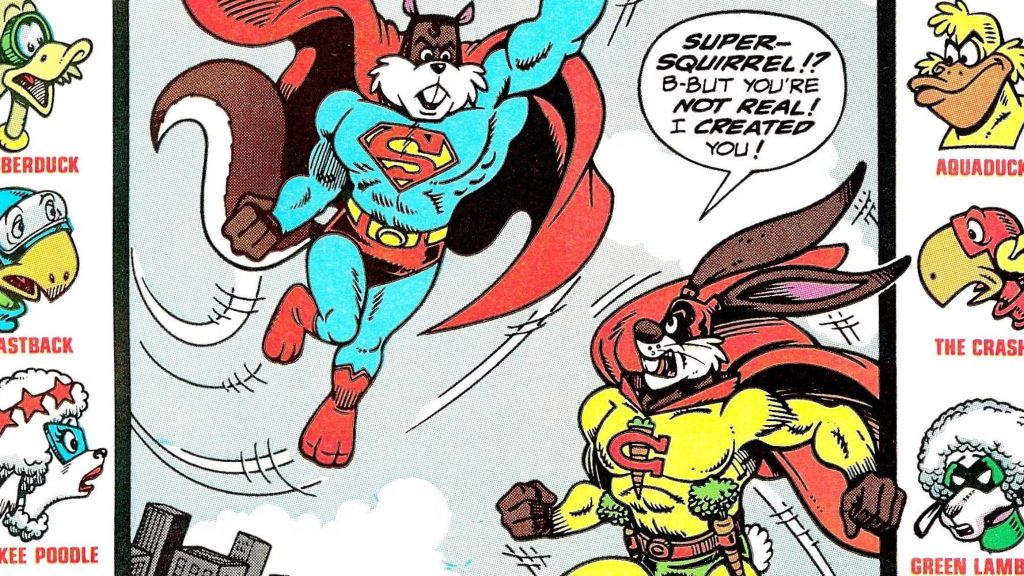
DC Comics’ Earth-C is an alternate reality populated entirely by sentient, anthropomorphic animal versions of familiar superhero archetypes. Its premier super-team, Captain Carrot and His Amazing Zoo Crew, comprises figures such as Roger Rodney Rabbit (Captain Carrot), who gains super-strength from cosmic carrots, Peter Porkchops (Pig-Iron), a pig transformed into living metal, and Felina Furr (Alley-Kat-Abra), a feline mistress of magic, embarking on lighthearted adventures filled with puns. Earth-C-Minus, an even more peculiar offshoot first glimpsed in Captain Carrot and His Amazing Zoo Crew! #14-15, is home to the “Just’a Lotta Animals,” a team featuring Super-Squirrel, Batmouse, and Wonder Wabbit.
The characters and environments within Earth-C-Minus are rendered in an intentionally crude art style reminiscent of a young child’s hurried doodles. The physical laws governing this secondary dimension are portrayed as even more exaggeratedly cartoonish and rudimentary than those of Earth-C. This commitment to an ultra-simplified aesthetic and an amplified level of absurdity makes Earth-C-Minus a standout example of comic book creators pushing the boundaries of silliness into a realm of strangeness, offering a brief but memorable glimpse into a universe built on the most basic elements of cartooning.
2) Earth-8311 (Marvel Comics)
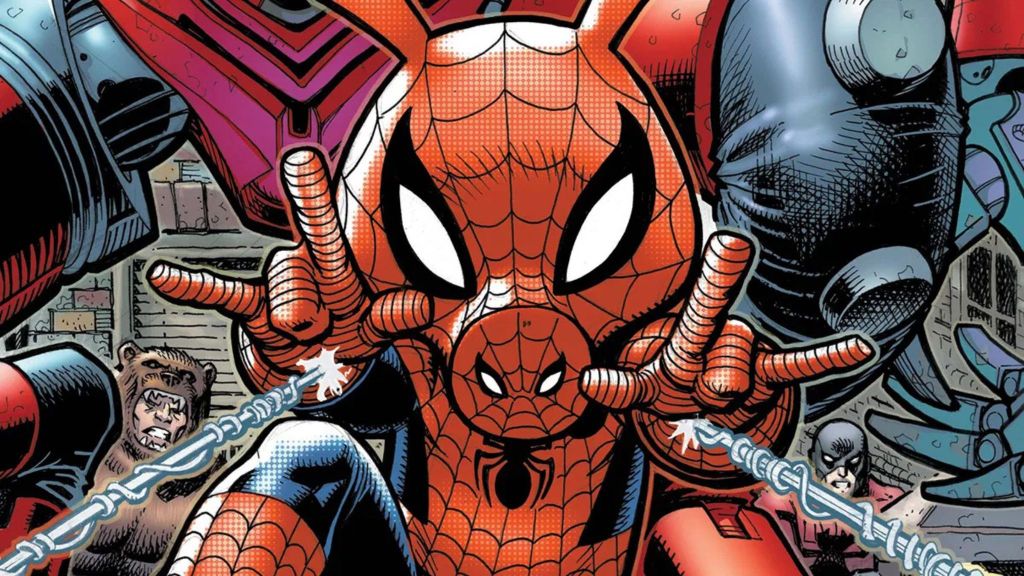
Marvel Comics presents its own notable entry into anthropomorphic alternate realities with Earth-8311, the home dimension of the one and only Peter Porker, also known as the Spectacular Spider-Ham. In a clever inversion of the classic Spider-Man origin, Peter began life as an ordinary spider. He gained his porcine superhero form after being bitten by May Porker, an anthropomorphic pig scientist. In addition to Spider-Ham, Earth-8311 is brimming with animal-themed counterparts to mainstream Marvel heroes and villains, including well-known figures like Captain Americat, the mighty Hulk Bunny, the swift Deerdevil, and the nefarious Ducktor Doom, ensuring a constant stream of visual gags and pun-laden names.
The adventures within Earth-8311 are consistently characterized by their slapstick humor and a relentless barrage of animal-centric wordplay. Storylines frequently parody iconic Marvel tales but infuse them with a distinct barnyard sensibility, creating scenarios that are both recognizable and hilariously skewed. The visual of a cartoon pig web-swinging through a city populated by other talking animals is inherently comical, and Spider-Ham’s enduring popularity, especially after his cinematic appearances, underscores the broad appeal of this deliberately silly and creatively vibrant alternate universe.
3) The “Milk Wars” Universe (DC Comics/Young Animal)
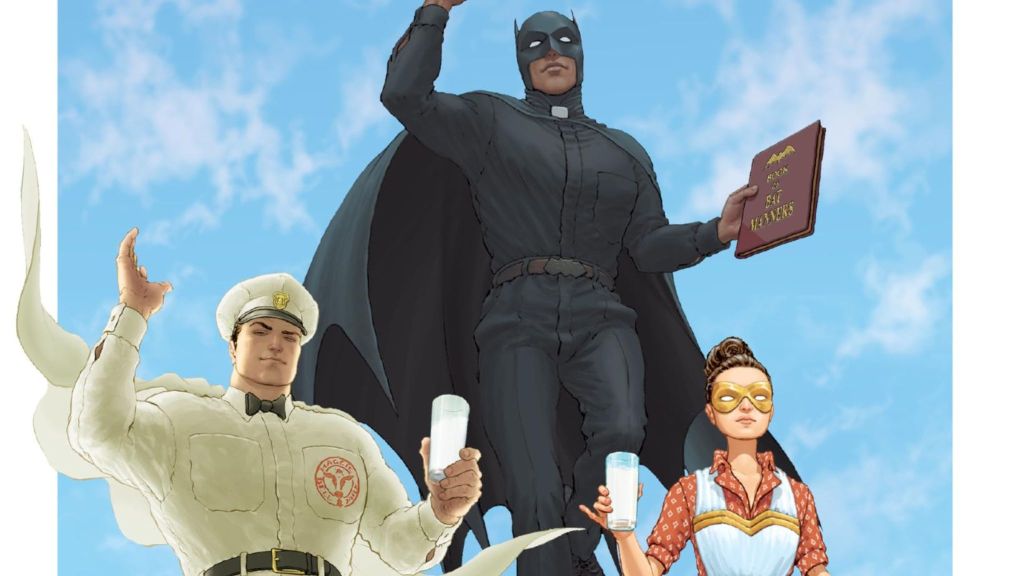
The 2018 “Milk Wars” crossover event forged a temporary reality by merging the mainstream DC Universe with the more eccentric characters and themes of its Young Animal imprint. This bizarre transformation was orchestrated by the insidious corporation “RetCo,” which aimed to impose universal conformity through its range of mind-altering dairy products. The resulting universe saw iconic DC heroes drastically reimagined into retro-pastiche figures: Wonder Woman became “Wonder Wife,” an idealized 1950s homemaker embodying domestic subservience; Batman was recast as a brooding, authoritarian priest presiding over a “Holy City” version of Gotham; and Superman morphed into an unnervingly optimistic strongman devoted to promoting RetCo’s milk.
This universe’s distinct atmosphere arose from its sharp satire of nostalgia, consumerism, and corporate control, all manifesting as a surreal distortion of beloved characters. The aesthetic deliberately blended wholesome 1950s advertising imagery with an underlying sense of dread and homogenized emptiness. The “Milk Wars” reality was less a stable alternate timeline and more a universe being bizarrely rewritten by an external force, offering a thought-provoking and visually jarring commentary on superhero archetypes and the pressures of societal conformity, with the unpredictable Doom Patrol playing a key role in resisting this enforced blandness.
4) The Mojoverse (Marvel Comics)

Originating from an entirely separate dimension, the Mojoverse is a chaotic society pathologically obsessed with television ratings and gladiatorial forms of entertainment. Its undisputed ruler is Mojo, a grotesque, spineless, multi-legged alien tyrant who maintains his power by broadcasting an endless stream of sensationalist content. He frequently abducts beings from other realities, most notably the X-Men, forcing them to participate as unwilling stars in his deadly televised spectacles for the amusement of his equally bizarre populace. Key characters such as the swashbuckling Longshot, the multi-armed assassin Spiral, and the warrior Shatterstar all have complex origins tied to this media-saturated dimension, often depicted as rebels fighting against its oppressive and vapid culture.
The Mojoverse functions as a biting satire of media consumption, the pursuit of celebrity, and the corrupting influence of entertainment driven solely by ratings. Mojo himself embodies the most venal aspects of a media executive, devoid of empathy and driven by an insatiable need for viewership and control. The entire concept of a society enslaved to the whims of a television producer, where life and death are merely programming choices and suffering is monetized, establishes the Mojoverse as an uncomfortably prescient corner of Marvel’s vast cosmology.
5) Earth-66½ (Marvel Comics’ Not Brand Echh)
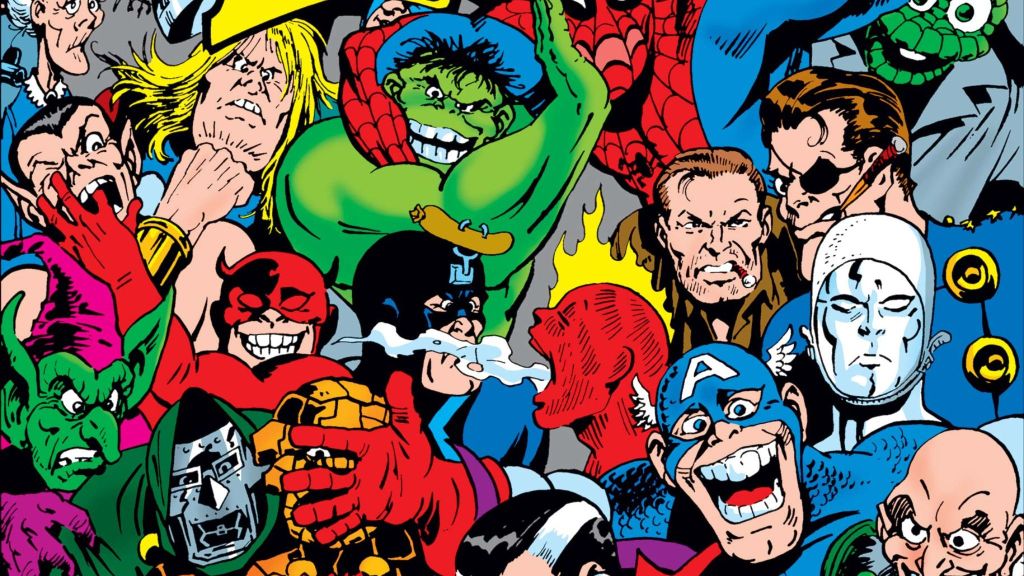
During the late 1960s, Marvel Comics produced Not Brand Echh, a satirical series that lampooned its own characters, creators, and competitors, effectively creating the temporary reality of Earth-66½. This universe was populated by hilariously distorted versions of Marvel’s biggest stars: “Spidey-Man” was a klutz, “Ironed Man” (Stark Naked) had armor that constantly malfunctioned, “The Inedible Bulk” was a perpetually whining green giant, and “Dr. Deranged” bungled his spells. In addition, the Fantastic Four became “The Fantastical Four” with members like “Mr. Fantastical” and “The Human Scorch.” Every story was steeped in self-deprecating humor, fourth-wall breaks, and an anything-goes sensibility.
The artwork of Not Brand Echh often exaggerated features comically, and the narratives gleefully deconstructed superhero tropes with playful absurdity. This wasn’t a universe with its own internal dramatic logic, but rather a funhouse mirror reflecting the sillier aspects of the Marvel Universe itself. Its commitment to parody and its often surreal gags made Earth-66½ a unique space where Marvel could laugh at itself, presenting a world governed by comedic chaos rather than heroic convention, making it a truly bizarre and fondly remembered experiment in self-satire.
6) The Fifth Dimension (DC Comics)
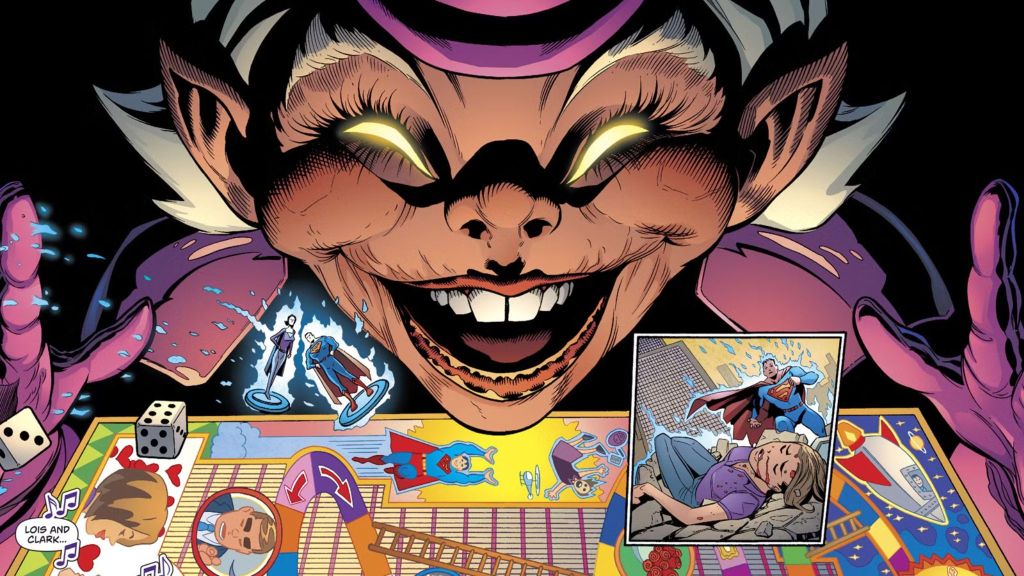
Quite distinct from the concept of alternate Earths within a multiverse, the Fifth Dimension, often referred to by names like Zrfff, is an entirely different plane of existence with its own incomprehensible physical laws. It is famously home to beings of nigh-omnipotent reality-warping power, most notably Superman’s mischievous antagonist Mr. Mxyzptlk, and Batman’s self-proclaimed “number one fan,” Bat-Mite. For these powerful imps, our familiar three-dimensional reality is primarily a source of amusement and a playground for their whims. Because of that, their frequent visits to Earth typically involve the imposition of cartoon logic, surreal transformations, and widespread chaos.
These interventions are usually driven by their own desire for entertainment or a misguided attempt to “assist” their favorite heroes in baffling ways. The physical laws of the Fifth Dimension itself are portrayed as entirely fluid and malleable, completely subject to the will of its potent inhabitants and beyond the grasp of human understanding. This realm represents a wellspring from which pure strangeness can irrupt into the DC Universe, driven by entities who view our existence as little more than narratives to be played with.
7) Earth-2301 (Marvel Comics’ Mangaverse)

In the early 2000s, Marvel Comics embarked on an experimental publishing initiative known as “Mangaverse,” which aimed to reimagine its flagship characters through the narrative conventions of Japanese manga and anime. This project resulted in the creation of Earth-2301, a universe where familiar heroes and villains often possessed drastically altered origins, appearances, and power sets. For instance, in this reality, Spider-Man was depicted as a young ninja belonging to the clandestine “Spider-Clan.” Meanwhile, the Hulk manifested as a city-destroying rage monster akin to Godzilla and Iron Man was typically portrayed as the pilot of a sophisticated mecha suit.
Other character reinterpretations further embraced exaggerated anime tropes. Storm, for example, was depicted as a literal weather-controlling witch, and a version of Doctor Strange summoned oversized spirit creatures to do his bidding. The Mangaverse was characterized by its dynamic, hyper-stylized artwork and narratives that often prioritized high-octane action and melodramatic emotional beats. This fusion of established American superhero archetypes with overtly Japanese pop culture aesthetics resulted in a universe that was visually distinctive and often narratively outlandish, standing as a bold, if divisive, experiment in cross-cultural creative blending.
Which other truly bizarre alternate comic book universes make your head spin? Share your weirdest picks in the comments below!

